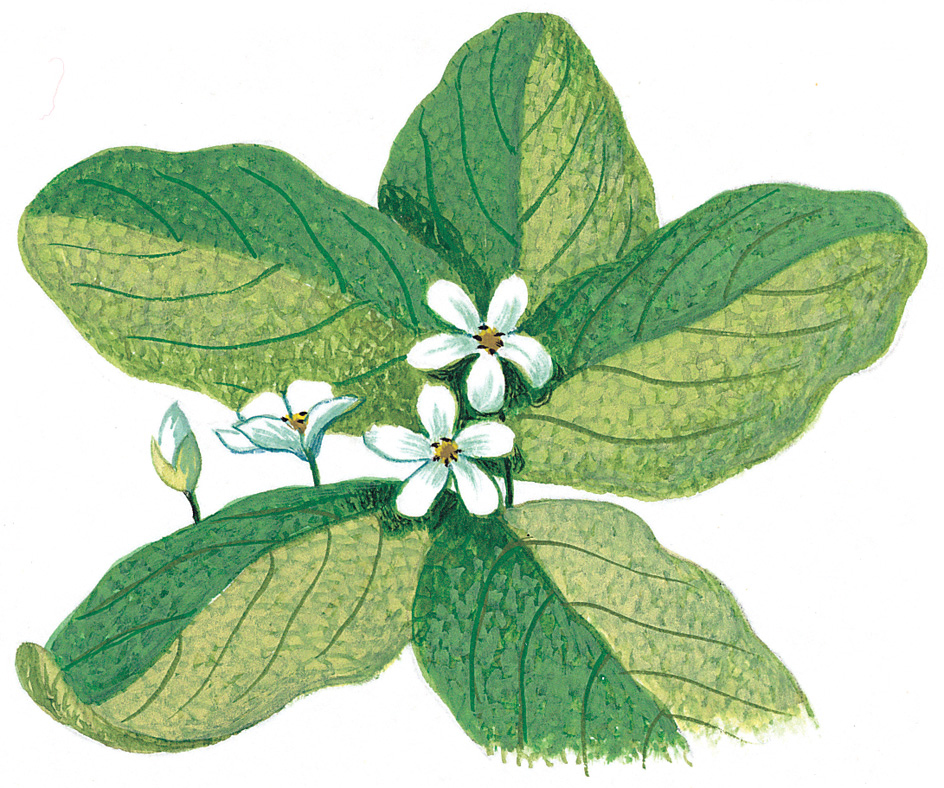Trailing arbutus, << ahr BYOO tuhs, >> is a creeping plant of the heath family with fragrant white or pink flowers. It grows in eastern and central North America. In New England and elsewhere, the trailing arbutus is called the mayflower. According to legend, the plant was the first bloom that the Pilgrims (a group of English settlers) saw in the spring of 1621, having survived their first winter in the New World. As a result, the Pilgrims named the plant after their ship, the Mayflower. Today, the trailing arbutus serves as the floral emblem (provincial flower) of Nova Scotia and the state flower of Massachusetts.

The trailing arbutus usually grows in acidic soil along woods or in woodland clearings. It cannot survive without a particular fungus that grows with its root system. As a result, the trailing arbutus is nearly impossible to transplant. Its ripe fruit contains tiny seeds that are covered with a jellylike material. Ants carry the jelly back to their nests for food, unintentionally spreading the seeds along the way. The trailing arbutus is rare in most areas because people have picked so many of its flowers and disrupted its habitat.
